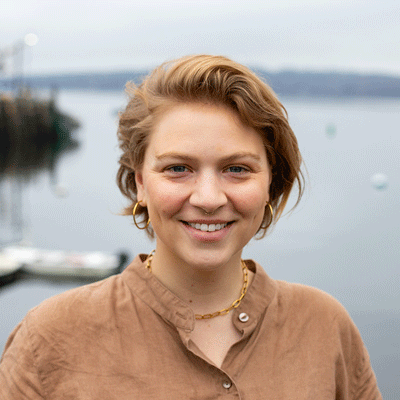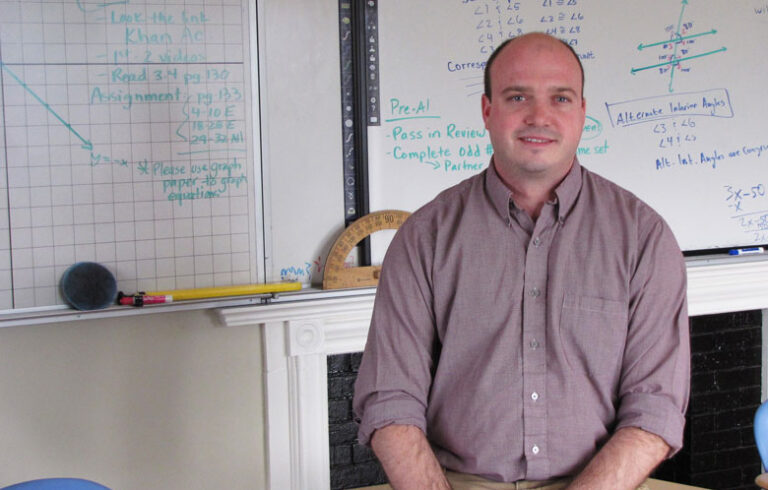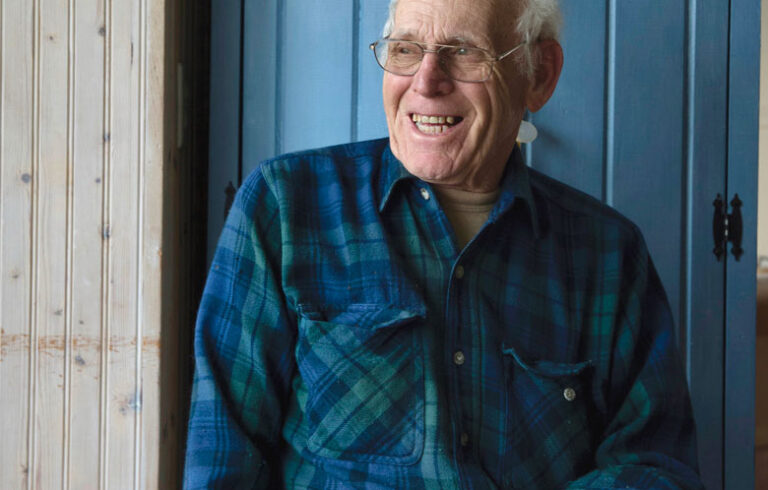“Broadband—it’s a fancy way of saying high-speed internet.” That’s what I told friends and family when trying to explain my new job with the broadband team at Island Institute, publisher of The Working Waterfront.
As a millennial, no one has to explain to me the day-to-day importance of the internet. Still, in the short period of time since working within Maine’s broadband space, I’ve learned a great deal about the web becoming more a utility and less an accessory in our lives.
But understanding why some Mainers are able to make use of the newly available high speed internet and why some are not, has been an education.
The Maine Connectivity Authority has been charged with granting more than $271 million to community partners…
The pandemic revealed the unequal distribution of broadband infrastructure in the U.S. Children couldn’t attend their virtual classes, the elderly couldn’t order prescriptions online, and it felt like at least one person on every Zoom call had to turn off their video to accommodate their unstable connection.
Connectivity issues were such that both sides of the aisle in Congress worked together to pass the Broadband Equity Access and Deployment Program (BEAD). This bill provided $42.45 billion to expand high-speed internet access in all 50 states.
In Maine, the Maine Connectivity Authority has been charged with granting more than $271 million of BEAD funds to community partners to ensure it’s used effectively. Island Institute is one of these partners. It may seem incongruent that a community development organization became enmeshed with broadband infrastructure, but according to Nick Battista, the Institute’s chief policy officer, broadband access is aligned with community development.
“We didn’t have people clamoring, saying ‘Better internet connection.’ We had people talking about all of the things that a better internet connection would enable for their communities, for their families, and for businesses. We sat down and realized everybody is talking about not having a good internet connection.”

Simply building the infrastructure doesn’t tell the full story of broadband in Maine. BEAD funding is also used to achieve digital equity. Digital equity means that people have access to and knowledge of how to use technology.
It’s not your grandmother simply knowing how to hop on Facebook to swap recipes, it’s her being able to create a health profile and schedule her COVID vaccines online.
Barriers to digital equity include: lack of a device (like a computer or tablet), lack of affordable service plans, lack of digital literacy (understanding how to use your device), lack of access to digital skills training, or ignorance and skepticism of the benefits of technology.
Those most likely to experience these barriers are in low income households, older adults, incarcerated or formerly incarcerated individuals, veterans, and people with disabilities, language barriers, members of racial and ethnic minorities, and those living in rural areas.
Digital equity is tied to community economic development and quality of life. Many island businesses survived the pandemic by leveraging online platforms to communicate and distribute their goods and services to a wider audience.
Yoga studios offered classes on Zoom, restaurants used food delivery apps, and artists sold their work online.
After moving to Rockland from Seattle, I went from relying on Google reviews, to asking neighbors what’s actually good in the area. Instead of using Reddit, now I check flyers at coffee shops to find local events. The slower, more interpersonal ways of life played a large part in why I moved here.
But I do think connectivity leads to more in-person interactions. I’ve seen the effect equal access can have, from supporting education and forging new business opportunities, to combating social isolation by being able to see a coworker’s smile on a Zoom call. There is human connection, there is an internet connection, and community happens somewhere in the middle.
Amber Blum is a community development officer with Island Institute, publisher of The Working Waterfront. She may be contacted at ablum@islandinstitute.org.





